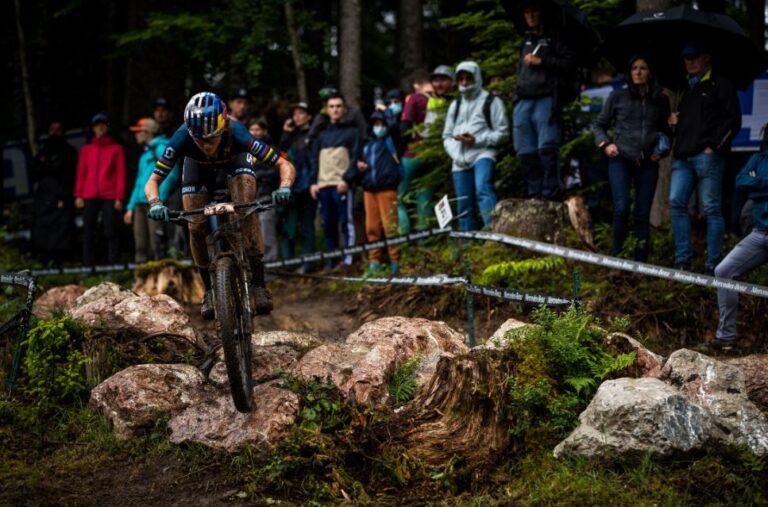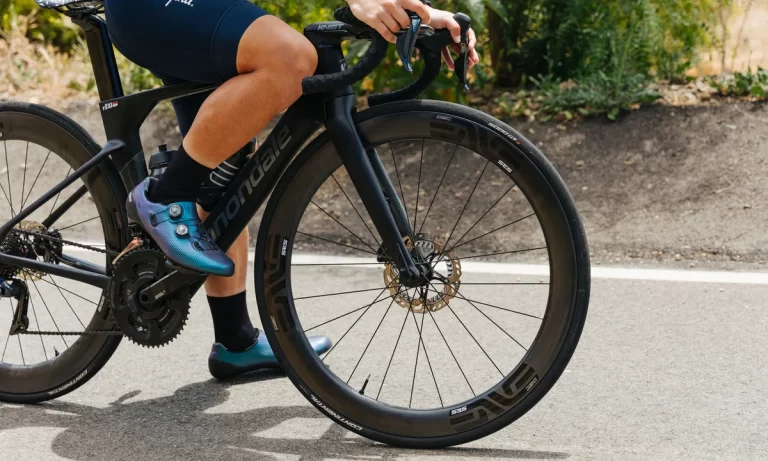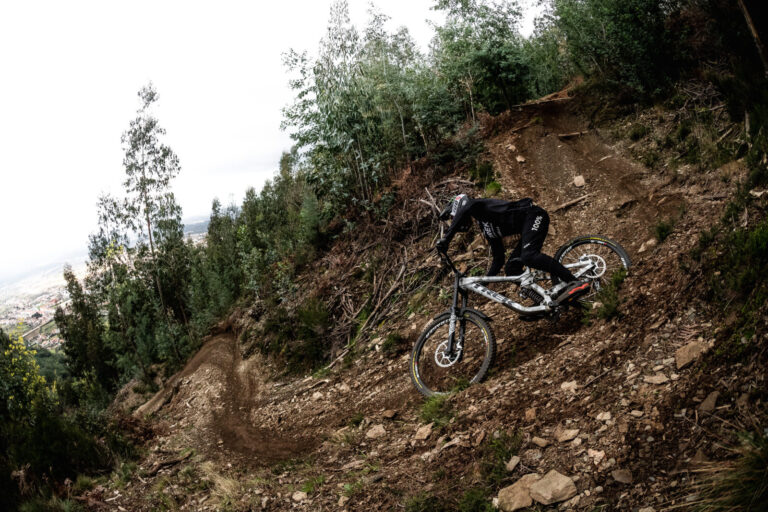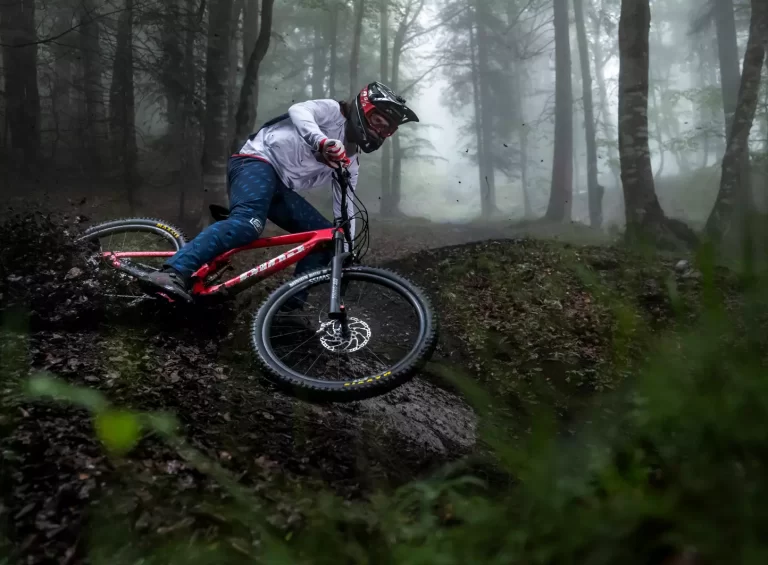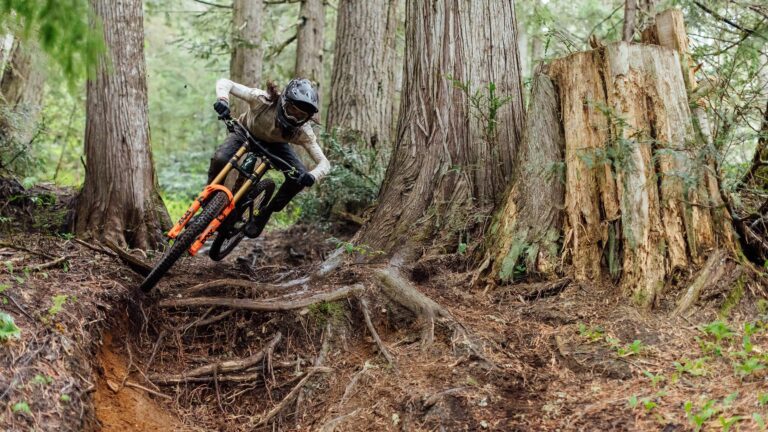Embracing the Revolution: Tubeless Setup for Gravel Bike Tires
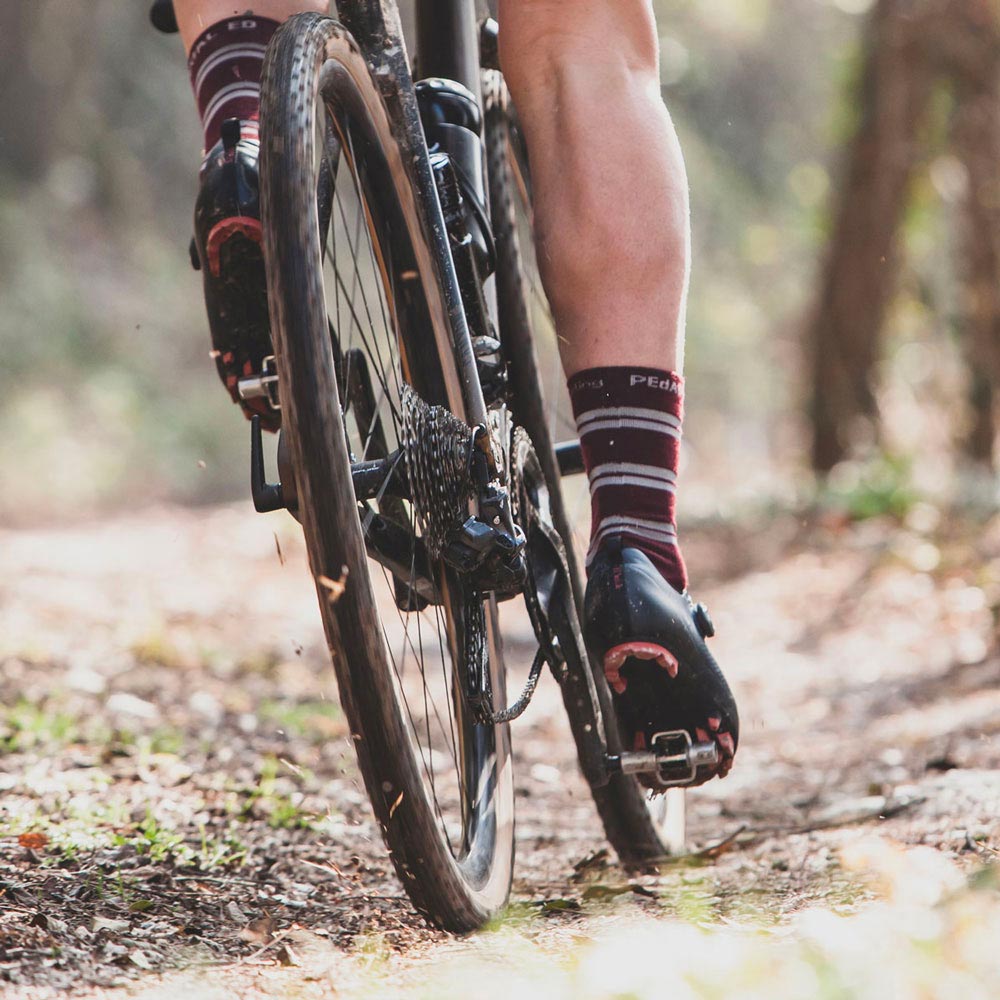
Key Point Summary of Tubeless Setup for Gravel Bike Tires:
- Reduced Risk of Flats: Tubeless tires are less prone to punctures and pinch flats, thanks to the absence of an inner tube and the use of sealant.
- Improved Comfort and Traction: Lower tire pressures can be used without the risk of pinch flats, enhancing ride comfort and grip on uneven surfaces.
- Weight Savings: Eliminating the inner tube reduces overall tire weight, potentially enhancing bike performance.
- Setup Process: While the initial setup can be more involved, the long-term benefits often outweigh the initial effort.
Embracing the world of gravel biking opens up a realm of adventure, combining the speed of road cycling with the ruggedness of mountain biking. One key technological advancement that has significantly enhanced the gravel riding experience is the adoption of tubeless tire setups.
As a seasoned cyclist who has navigated countless trails and tracks across various disciplines, I’ve witnessed firsthand the transformative impact of going tubeless. This article aims to demystify the tubeless setup for gravel bike tires, outlining its advantages and providing a guide for those looking to make the switch.

The Tubeless Advantage
The leap to tubeless tires in the gravel biking scene is not merely a trend; it’s a revolution in how we approach tire performance and durability. The absence of an inner tube significantly reduces the risk of punctures and pinch flats—a common frustration when navigating the unpredictable terrain of gravel paths. Moreover, the ability to run lower tire pressures without the fear of pinch flats results in a smoother ride over bumpy surfaces and better traction in loose or slippery conditions.
Setting Up Your Tubeless Tires
The transition to tubeless requires a bit of preparation and patience, but the process is straightforward once you’re familiar with the steps. First, you’ll need tubeless-compatible tires and rims. Most modern gravel bikes are equipped with tubeless-ready wheels, but it’s always best to check compatibility. The setup involves fitting the tire onto the rim, adding a tubeless valve, and sealing the system with a liquid sealant. This sealant is crucial, as it fills in small punctures and tears that occur while riding, automatically repairing minor damage.
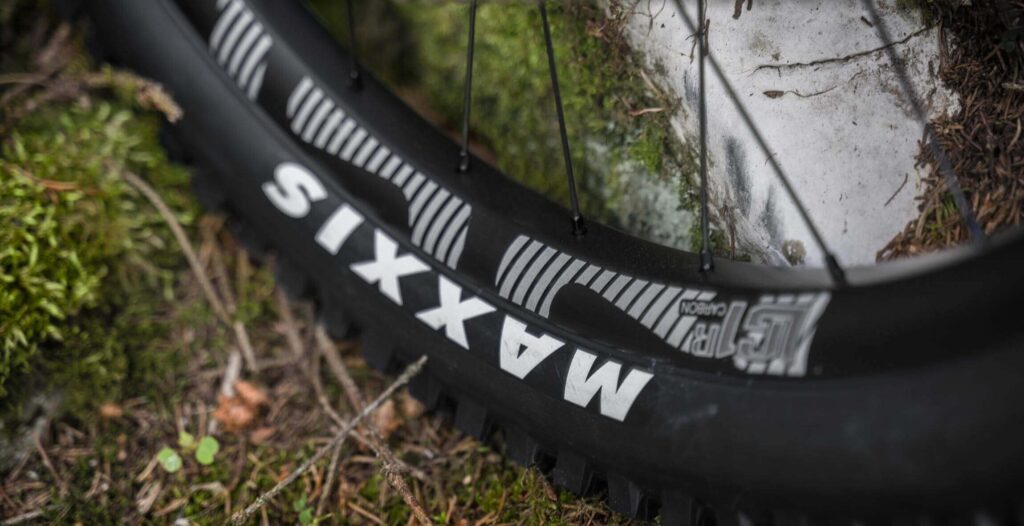
Navigating the Challenges
While the advantages are plentiful, it’s important to acknowledge the learning curve associated with tubeless setups. The initial installation can be tricky, requiring specific tools like a tubeless pump or air compressor to achieve the necessary bead seating. Moreover, regular maintenance is required to ensure the sealant remains effective and to address any leaks that might develop over time.
Final Thoughts
For those venturing into the world of gravel biking, considering a tubeless tire setup can significantly enhance your riding experience. The combination of reduced flat risk, improved riding comfort, and the ability to fine-tune tire pressure for varying conditions are compelling reasons to make the switch.
While the setup and maintenance may require a bit more effort upfront, the payoff in terms of performance and enjoyment on the trails is well worth the investment. Embracing the tubeless revolution is a step toward unlocking the full potential of your gravel bike, allowing you to tackle more challenging terrain with confidence and comfort.

A great choice for a tubeless tire for gravel riding is the Schwalbe G-One Allround. This tire is designed specifically for the demands of gravel riding, offering a versatile tread pattern that provides excellent grip and efficiency on a wide range of surfaces, from smooth pavement to challenging gravel and dirt paths.
The G-One Allround features Schwalbe’s MicroSkin technology, enhancing durability and making it easier to set up tubeless, ensuring a reliable seal and protection against punctures. With its combination of low rolling resistance, robust puncture protection, and the ability to run lower pressures for increased comfort and traction, the Schwalbe G-One Allround is an excellent choice for riders looking to optimize their gravel riding experience with tubeless tires.
FAQ
How do you set up tubeless gravel tires?
Clean and prepare the rim, install a tubeless valve, seat the tire onto the rim, add tubeless sealant through the tire or valve, and inflate the tire to seat the bead. Finish by adjusting to the desired pressure and distribute the sealant by rotating the tire.
Should you go tubeless on a gravel bike?
Yes, going tubeless on a gravel bike is highly recommended for its benefits, including reduced puncture risk, the ability to run lower pressures for better traction and comfort, and overall improved ride quality.
Are 32mm tyres OK for gravel?
While 32mm tires are on the narrower side for gravel, they can be suitable for well-maintained gravel paths and lighter gravel riding. However, wider tires may offer better comfort and traction on rougher terrain.
What PSI should gravel bike tubeless tires be?
The ideal PSI for gravel bike tubeless tires varies based on rider weight, tire width, and terrain. Generally, 30-50 PSI is a good starting range, with lower pressures for heavier riders or rougher terrain, and higher pressures for lighter riders or smoother surfaces.
Happy Riding!
John
